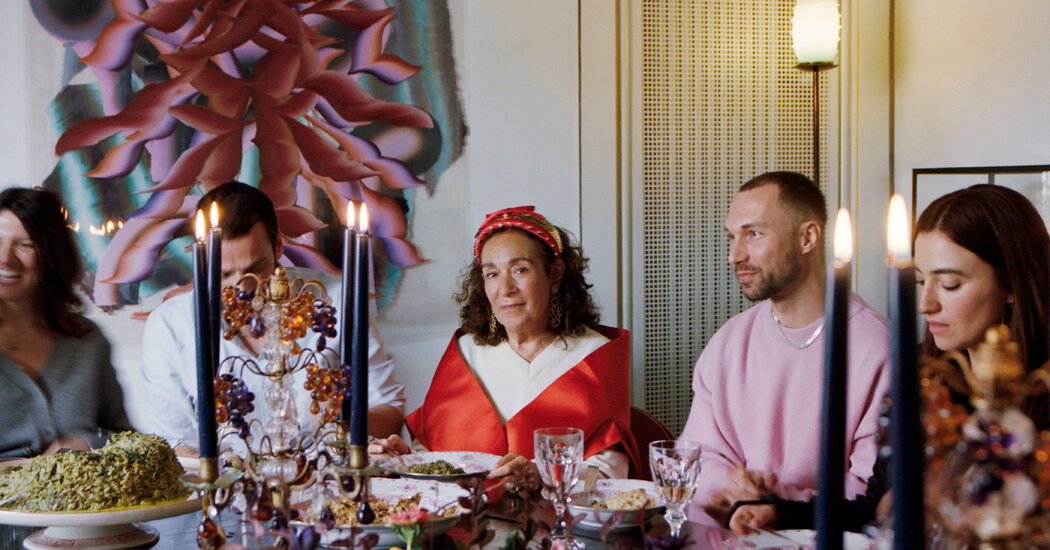T’s May 19 Travel issue is dedicated to pasta in Italy, diving deep into the culinary traditions, regional variations and complicated history of the country’s national symbol.
WHEN STEFANO SECCHI was growing up in Dallas, the end of every school year meant the beginning of a great adventure. His parents, intent on maintaining a connection with their relatives in Italy, put him and his two brothers on a plane, and off they flew to Sardinia, where the sprawling Secchi clan clustered around and tended to the family farm. He remembers the sheep and cows that grazed on the hillsides, the tomatoes, wild fennel and zucchini that grew in such abundance. He remembers the long sunny days and the nearby sea. But more than any of that, he remembers the Sunday meal.
What an epic production it was. What a labor of extraordinary love. His nonna, Gavina Secchi, would commence her work at dawn and, by the time many or all of his seven aunts and uncles and their families gathered at the table around 2 or 3 p.m., everything was ready: the local cheeses and salumi with which they started; the endive, radicchio or arugula that came next; the culurgiones, a hearty, rustic dish of pasta shells that were stuffed with potato, mint and pecorino and nestled in either a tomato sauce or goat butter; the meat, usually lamb or wild boar or suckling pig. The eating and the talking went on for four, five, six hours, and he’d lose count of “how many bottles of wine and how many incredible stories and how many fights over politics” there were. “We sometimes wouldn’t finish until 9 p.m.,” he told me. “It was crazy.” And blissful.
And now, a fading image in a mental scrapbook, a relic from a distant past.
Secchi, the 42-year-old chef and a co-owner of the Michelin-starred Italian restaurant Rezdôra in Manhattan, said that when Gavina Secchi died at the age of 96 a little less than a decade ago, the lavish Sunday lunches vanished with her. But they were on life support even beforehand, as members of the Secchi clan, like so many other Italians, got educations, moved into such professions as banking and academia, left their rural setting for urban ones and scattered to different cities: Milan, Turin, Rome. “Nobody wanted to work with their hands anymore,” he said. And nobody had the kind of life — rooted firmly in one community, hitched to predictable rhythms — that allowed for a weekly gathering of so many relatives over such laboriously prepared food for so many…
Click Here to Read the Full Original Article at NYT > Travel…
